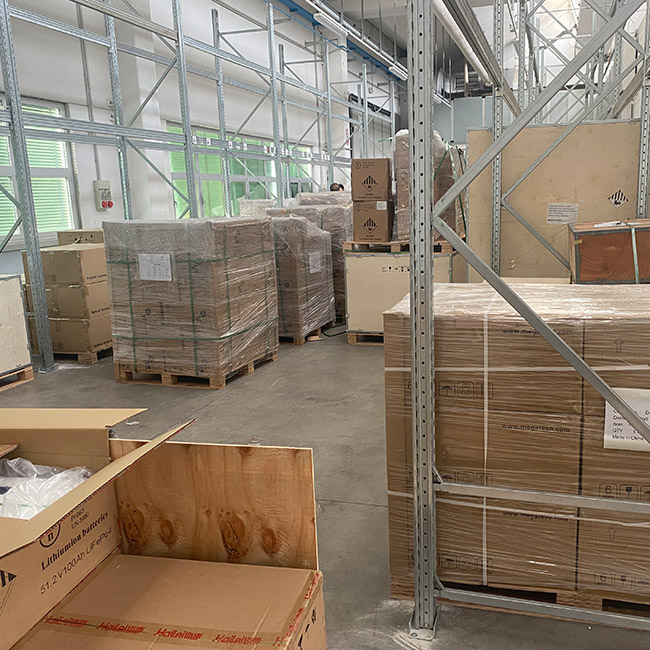Can photovoltaic cables be installed underground or in conduit?
Product Series
Photovoltaic Cable Manufacturers
Welcome to Uni Z International B.V.
Uni Z International B.V. is committed to providing you with a full range of solar energy storage products and solutions. Photovoltaic Cable Manufacturers and Photovoltaic Cable Factory in China. We guide the industry and provide you with products at more favorable prices, more timely logistics and delivery, and more secure after-sales and technical support. We bring you one-stop solutions for smarter, more efficient and more reliable photovoltaic energy storage products.
We not only provide high-end solar energy storage products and technologies, Photovoltaic Cable Custom, but also provide you as an installer with comprehensive training and technical support.
At Uni Z International B.V., we not only provide products, but also seek to establish a long-term and close partnership with you. We look forward to working with you to meet the challenges and opportunities of the future of solar energy.Start your solar energy journey, choose Uniz Solar and move towards a cleaner, more sustainable future!

Contact us now
Read the latest news and stay updated on industry news, industry knowledge.
-
Understanding Power Output Options and Ports When Choosing a Folding Solar Panel System
When exploring the right folding solar panel for your needs, one of the most overlooked but critical...
-
Grid-Tie Solar Inverters: A Comprehensive Guide to On-Grid Solar Power
1.Introduction to Grid-Tie Solar Inverters As the global shift toward clean and renewable energy acc...
-
Key Challenges and Solutions for Using Photovoltaic Kits in Remote and Off-Grid Installations
Deploying Residential Photovoltaic Kits in remote and off-grid environments comes with a distinct se...
-
Navigating EU Regulations for Solar Storage Battery Systems: A Guide for Installers and End-Users
As the adoption of renewable energy accelerates across Europe, the solar storage battery has moved f...
Photovoltaic Cable Industry knowledge
Can photovoltaic cables be installed underground or in conduit?


 0
0


 italiano
italiano Polskie
Polskie Nederlands
Nederlands Deutsch
Deutsch Français
Français Español
Español Український
Український












